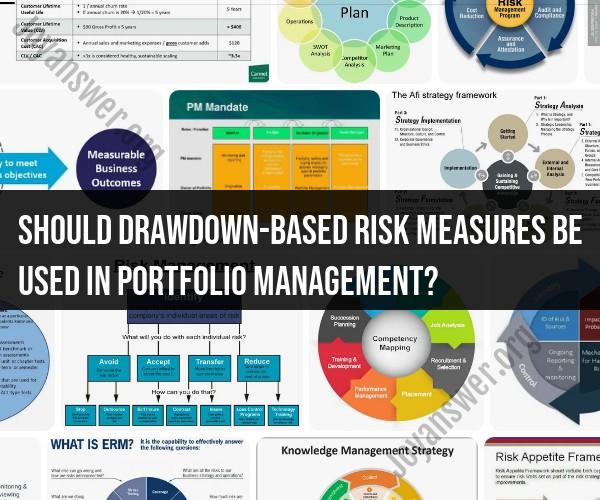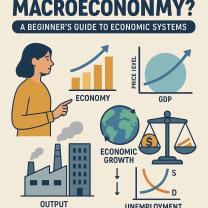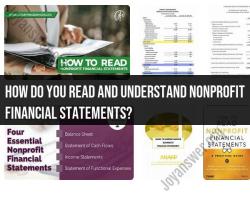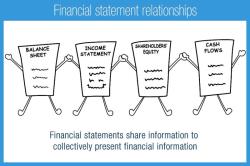Should drawdown-based risk measures be used in portfolio management?
Drawdown-based risk measures can be valuable tools in portfolio management, as they provide insights into the potential downside risk and losses a portfolio may experience. They are particularly useful for investors and portfolio managers who prioritize capital preservation and risk management. Here are some reasons why drawdown-based risk measures should be considered in portfolio management:
Focus on Risk Mitigation: Drawdown measures emphasize the reduction of potential losses. Portfolio managers can use these measures to set risk limits, design strategies to minimize drawdowns, and implement risk management techniques to protect capital.
Behavioral Insights: Drawdowns are a reflection of real-world investor behavior and emotions. Analyzing drawdowns can help managers understand how investors might react to losses and make appropriate adjustments to investment strategies.
Tail Risk Management: Drawdown-based measures can help identify and manage tail risk, which refers to extreme market events and large losses that traditional risk measures may not adequately capture.
Customization: Drawdown-based measures can be customized to suit specific investment objectives and risk tolerances. Portfolio managers can set parameters for maximum allowable drawdowns based on client preferences and investment goals.
Performance Evaluation: Evaluating a portfolio's drawdown characteristics can provide a more holistic view of its risk-adjusted performance. It helps assess how well a portfolio protects capital during challenging market conditions.
Diversification and Asset Allocation: Drawdown analysis can inform asset allocation and diversification strategies. By considering drawdown risk, portfolio managers can make informed decisions about how different asset classes and strategies interact during market stress.
Stress Testing: Drawdown-based stress tests can be used to assess how a portfolio might perform under various adverse scenarios, helping to identify weaknesses and areas for improvement.
Risk Communication: Drawdown-based measures are often easier to communicate to clients and stakeholders because they provide a tangible and relatable way to discuss potential losses and downside risk.
However, it's essential to use drawdown-based measures in conjunction with other risk measures and tools to ensure a well-rounded approach to portfolio management. Some potential drawbacks of relying solely on drawdown-based risk measures include:
Short-Term Focus: Drawdowns can be highly sensitive to short-term market fluctuations, and overemphasizing them may lead to excessive portfolio turnover or suboptimal long-term returns.
Neglect of Upside Potential: Overly conservative risk management based solely on drawdowns may lead to missed investment opportunities and lower returns in the pursuit of minimizing downside risk.
Volatility Mismatch: Drawdown-based measures do not account for differences in asset class volatilities, which can lead to an underestimation of risk in more volatile investments.
In conclusion, drawdown-based risk measures are valuable tools for portfolio management, especially when risk mitigation and capital preservation are top priorities. They should be part of a broader risk management framework that considers various risk factors, investment objectives, and the risk tolerance of clients or stakeholders.
Drawdown-Based Risk Measures in Portfolio Management
Drawdown-based risk measures are a type of portfolio risk measure that focuses on the maximum peak-to-trough loss that a portfolio can experience over a given period of time. These measures are often used by portfolio managers to assess the downside risk of their portfolios and to make investment decisions accordingly.
There are a number of different drawdown-based risk measures that can be used, including:
- Maximum drawdown (MDD): This is the simplest and most common drawdown measure. It is simply the largest peak-to-trough loss that a portfolio has experienced over a given period of time.
- Conditional value-at-risk (CVaR): This measure takes into account the probability of different drawdown events occurring. It is calculated as the expected value of the portfolio's losses beyond a certain threshold, typically the 5th or 95th percentile.
- Expected shortfall (ES): This measure is similar to CVaR, but it weights the losses beyond the threshold more heavily. This makes it a more conservative measure of drawdown risk.
Evaluating Risk with Drawdown Metrics
Drawdown metrics can be used to evaluate risk in a number of different ways. For example, portfolio managers can compare the drawdown of their portfolios to the drawdown of other portfolios or benchmarks. They can also use drawdown metrics to set risk limits for their portfolios.
For example, a portfolio manager might set a risk limit of 10%, which means that they would not want their portfolio to lose more than 10% of its value over any given period of time. By using a drawdown metric, they can track the risk of their portfolio and make adjustments to it as needed to ensure that it remains within their risk limit.
The Role of Drawdown Analysis in Investment Strategies
Drawdown analysis can play an important role in a variety of investment strategies. For example, it can be used to:
- Construct more resilient portfolios: Drawdown analysis can help portfolio managers to construct portfolios that are more resilient to market downturns.
- Manage risk: Drawdown analysis can help portfolio managers to manage the risk of their portfolios by tracking the risk and making adjustments as needed.
- Make better investment decisions: Drawdown analysis can help portfolio managers to make better investment decisions by providing them with a better understanding of the risk and potential rewards of different investment options.
Portfolio Risk Assessment with Drawdown-Based Tools
There are a number of different drawdown-based tools that can be used to assess portfolio risk. These tools typically allow portfolio managers to calculate different drawdown metrics for their portfolios and to compare their portfolios to other portfolios or benchmarks.
Some drawdown-based tools also allow portfolio managers to set risk limits and to track the risk of their portfolios over time.
Pros and Cons of Using Drawdown Measures
Drawdown measures have a number of advantages, including:
- They are easy to understand and interpret.
- They are relatively easy to calculate.
- They are a good measure of downside risk.
However, drawdown measures also have some disadvantages, including:
- They do not take into account the upside potential of different investment options.
- They can be backward-looking, which means that they may not be accurate predictors of future risk.
- They can be sensitive to the time period used in the calculation.
Overall, drawdown measures are a valuable tool for portfolio managers. However, it is important to be aware of their limitations and to use them in conjunction with other risk measures.
Here are some additional tips for using drawdown measures effectively:
- Use multiple drawdown measures: No single drawdown measure is perfect. It is important to use multiple drawdown measures to get a more complete picture of the risk of your portfolio.
- Compare your portfolio to other portfolios or benchmarks: This can help you to assess the relative risk of your portfolio.
- Use drawdown measures to set risk limits: This can help you to manage the risk of your portfolio and to make sure that it remains within your risk tolerance.
- Review your drawdown measures regularly: Drawdown measures can change over time, so it is important to review them regularly to make sure that they still accurately reflect the risk of your portfolio.













